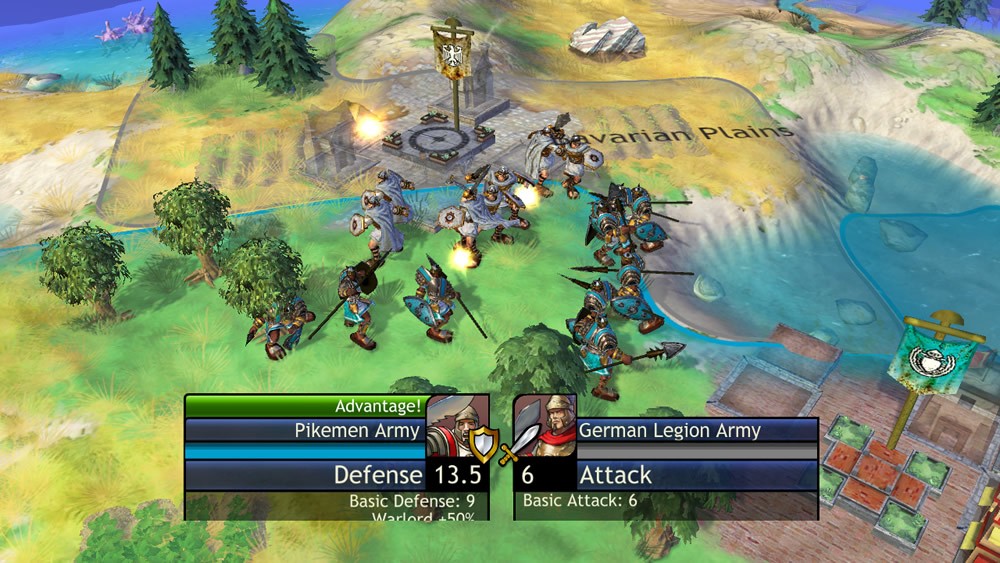
Trade: Trade yields are marked by two arrows curved towards each other and are often found in desert or sea tiles. See the great people section and the section on cultural victories for more information. An excess of gold means you can instantly add buildings to a city or can fund a war with ease.Ĭulture: Culture is marked by a purple mask icon and is used to earn more great people. Milestone rewards towards this 20,000 gold are granted along the way. 20,000 gold total is required to build the world wonder required to finish an economic victory. Gold: Gold is marked by a yellow coin icon and can be used to trade with other civilizations, build roads, and rush the development of units, buildings, and wonders. You should always have a fair amount of science yields in action, since science production will always be useful until you eventually research all technologies (except Future Tech). Science: Science is marked with a blue beaker icon and is used to research technologies. Population affects how many tiles your workers can use and may have a deciding factor on a city's borders. See the lower section on city production for what you can use this for.įood: Food is marked with a green apple icon and is used to increase population. Production: Production is marked with a hammer icon and is the means in which anything gets done in your city. There are six types of yields you should be worried about: Certain buildings you produce in your city can increase your yield output. Yields in Civ Rev cannot be traded with other civs, unlike in other games, and are primarily a bonus to yields for that tile. A plains tile will provide +1 food when worked, but if it has silk on it, for example, it will also produce +3 culture when worked. You can view and change a city's production by entering the city screen, which will also let you see other stats, like population status and how much science, gold, production, and culture the city is producing per turn.Įach tile (except city tiles) has a certain amount of yields tied to it, or it has a resource on it, which increases the tile's yield output in some form. Most resources cannot be detected by you until you research a technology related to that resource, with an exception to the Indians, who can perceive all resources at the start of the game. The resources on the tile you settle a city on cannot be used, so make sure you don't settle on a tile that has a specific resource like cattle on it. that add an extra amount of yield potential to a tile. Resources are things like gems, wheat, rubber, whales, etc. These are the yields you'll be able to access as soon as the city is founded. Yields: When commanding a settler, you should see yield icons (food, gold, production, science, trade) appear on the tiles surrounding the unit. The opposite applies, so make sure your cities are cultured enough to withstand the invisible culture war. For example, if you have a high-culture Zulu city near a secondary Russian city with low culture, that Russian city may be compelled to join the Zulu. Culture also impacts city flipping, which occurs when one civilization's culture is so impressive that a secondary city will be convinced or converged to join another. Placing a secondary city farther way is a good idea in this scenario since it'd cover more territory.

If a secondary city is remote and near another civilization's city, it may be difficult to defend.Ĭulture: If your culture production is high, your cities' borders will expand far faster and wider than normal. You will generally be able to defend the cities more easily.

Distance: If your secondary city is closer to your capital, the cost to connect them with roads will be less expensive.


 0 kommentar(er)
0 kommentar(er)
